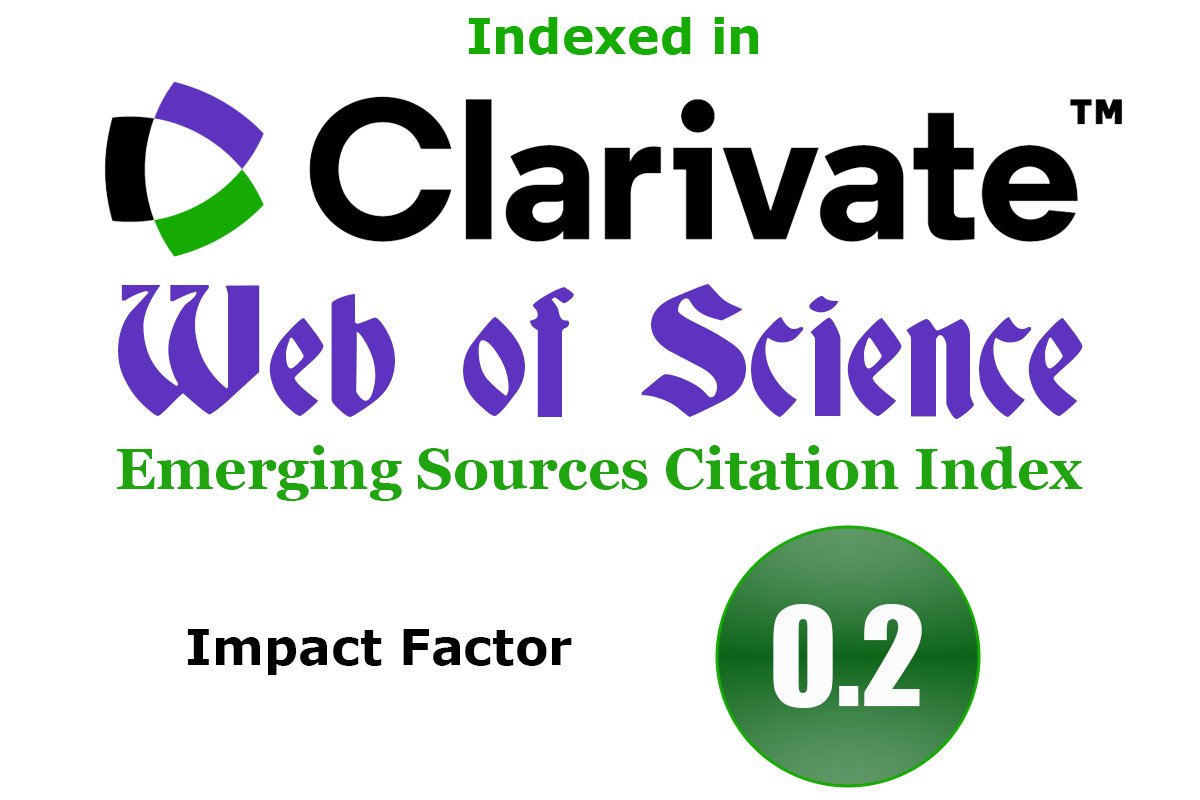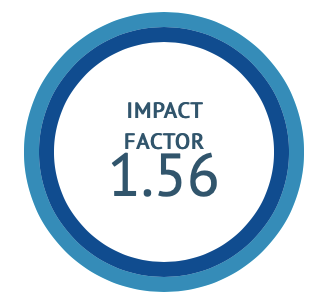Comprehensive ayurvedic management of Autoimmune polymyositis: A case study
DOI:
https://doi.org/10.47552/ijam.v16i3.5772Keywords:
Polimyositis, Mamsagata vata, Basti, Abhaynga, Udvartana, CPKAbstract
Introduction: Polymyositis (PM), a pathological condition marked by the presence of inflammatory infiltrates in striated muscle. Develops with the main clinical sign as Proximal muscular weakness. Though its exact aetiology is uncertain, it appears to be an autoimmune condition. It can affect persons at any age, but typically manifests between 50 to 70 years of age. It is twice as common in women as in men and exists in one out of every 100,000 people. Ayurveda categorizes its symptoms under "mamsagata vata", as musculoskeletal abnormality. Currently, there's no known cure, but conventional treatment often involves corticosteroids, which can have adverse effects on long use. Materials and Methods: This is an interesting case study demonstrating the successful management of female patient of age 58 years, suffering from Polymyositis (mamsagata vata). As it is possible for such muscle weakness to appear suddenly or more subtly over several weeks or months; similarly for this case it took several months to manifest and get diagnosed. After many unsatisfactory contemporary treatments patient approached to ayurveda and hence, the combination of Ayurvedic modalities such as Udvartana, Abhyanga, Basti, Oral medications, Physiotherapy were administered for 5 months involving IPD and OPD sittings. Results: Treatments contributed in the improvement of Gait, Muscle power, tone and Overall strength. Aided in the gradual reduction and eventual cessation of medications such as Mycophenolate Mofetil and Prednisolone, while effectively managing symptoms and significantly lowering the Creatine Phosphokinase (CPK) level. Conclusion: This case underscores the effectiveness of Ayurvedic treatments in addressing autoimmune conditions such as polymyositis.
Downloads
Published
How to Cite
Issue
Section
License
Copyright (c) 2025 International Journal of Ayurvedic Medicine

This work is licensed under a Creative Commons Attribution-NonCommercial-ShareAlike 4.0 International License.
The author hereby transfers, assigns, or conveys all copyright ownership to the International Journal of Ayurvedic Medicine (IJAM). By this transfer, the article becomes the property of the IJAM and may not be published elsewhere without written permission from the IJAM.
This transfer of copyright also implies transfer of rights for printed, electronic, microfilm, and facsimile publication. No royalty or other monetary compensation will be received for transferring the copyright of the article to the IJAM.
The IJAM, in turn, grants each author the right to republish the article in any book for which he or she is the author or editor, without paying royalties to the IJAM, subject to the express conditions that (a) the author notify IJAM in advance in writing of this republication and (b) a credit line attributes the original publication to IJAM.




